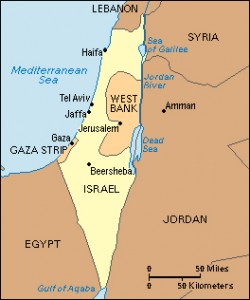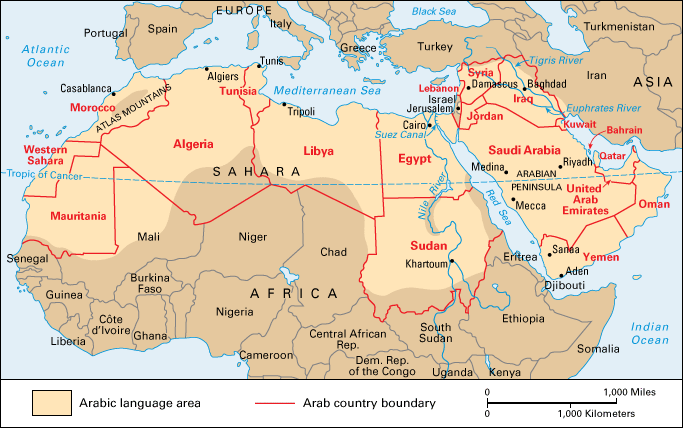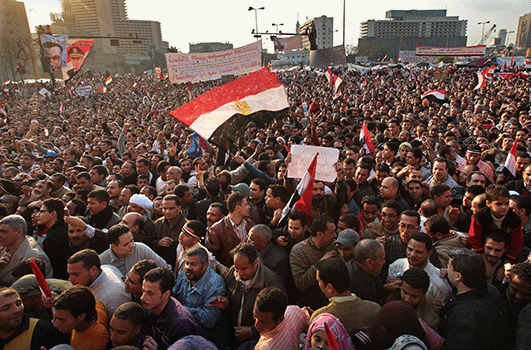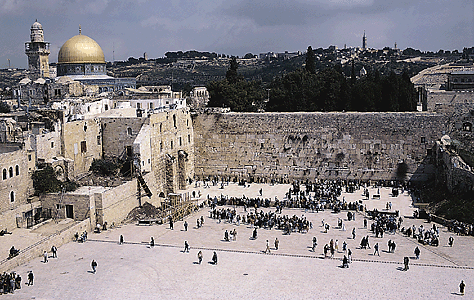Palestine Partition 70
Wednesday, November 29th, 2017November 29, 2017
Seventy years ago today, on Nov. 29, 1947, the United Nations agreed to divide the historic land of Palestine into an Arab state and a Jewish state, allowing for the formation of the nation of Israel. The Jews in Palestine and most western nations accepted this plan, but Palestinian Arabs and many Arab nations rejected it.
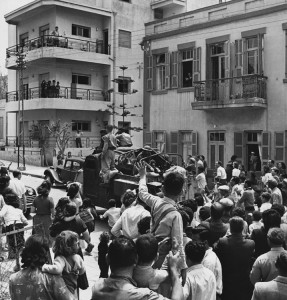
Jews parade a captured Arab vehicle through Tel Aviv on May 14, 1948, the day the Jewish state of Israel was established in the historic region of Palestine. Credit: © Corbis/Hulton-Deutsch Collection
Palestine had been under British control since 1917, and the United Kingdom supported the creation of a Jewish state in the Biblical Holy Land. Sympathy for the Jewish cause grew during the Holocaust, the killing of millions of Jews during World War II (1939-1945). In 1946, the newly created United Nations drafted a partition plan that divided Palestine into different Arab and Jewish sections, while the city of Jerusalem came under international control.
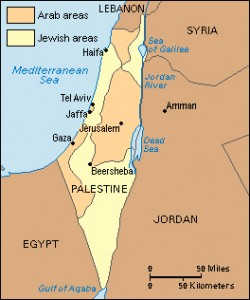
Click to view larger image
The United Nations partition plan of 1947 divided Palestine into Arab and Jewish areas. The Jewish area became the independent nation of Israel in 1948. Credit: WORLD BOOK map
Israel officially came into existence on May 14, 1948, under the leadership of David Ben-Gurion. On May 15, Arab armies attacked Israel, aiming to destroy the new nation. By early 1949, Israel had defeated the Arabs and gained control of about half the land planned for the new Arab state. Israel incorporated the gained territory into the new country, adding about 150,000 resentful Arabs to its population. Hundreds of thousands of other Palestinian Arabs settled as refugees elsewhere, and Arab-Israeli conflicts and tensions have occurred ever since. Today, only small areas of the planned Arab state—the Gaza Strip and the West Bank—are under nominal Palestinian Arab control.

